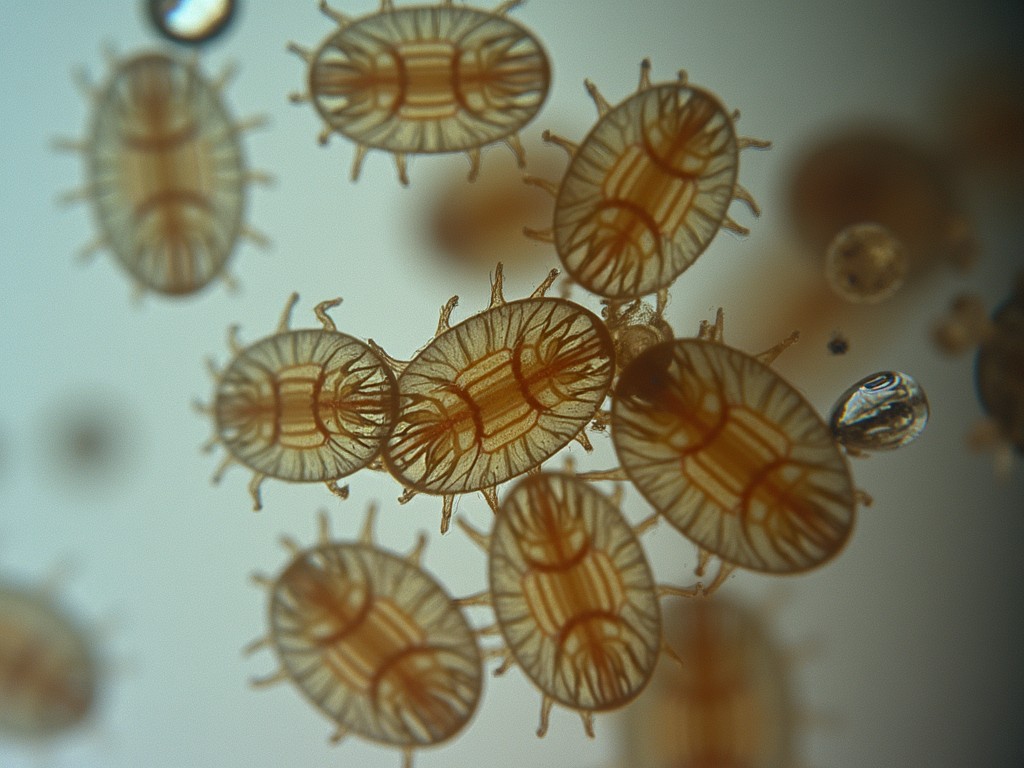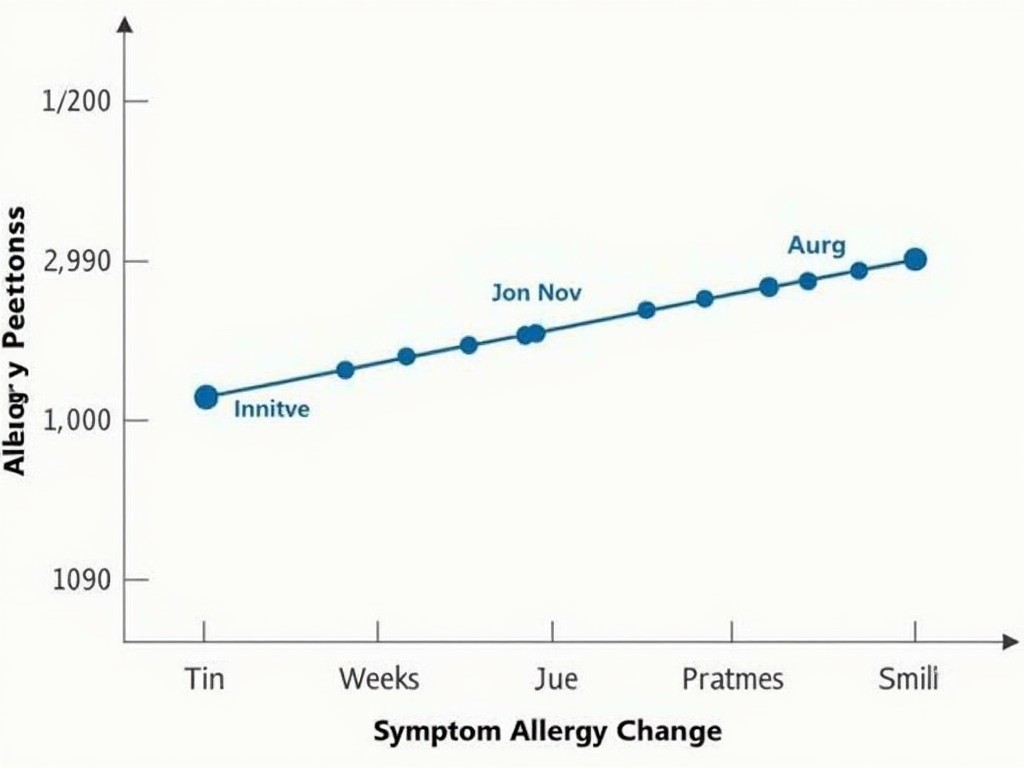An Introduction to Allergen Immunotherapy for Dust Mite Allergies
Allergen immunotherapy offers hope for those battling dust mite allergies. This comprehensive guide will help you understand the process, benefits, and the personal experiences shared by many going through this treatment.
Dust mites are famously persistent allergens that exist in nearly every home. Their impact on those prone to allergic reactions can be severe, leading to symptoms like sneezing, runny nose, and more serious allergic conditions. Allergen immunotherapy for dust mite allergies is a treatment that can significantly improve quality of life by reducing sensitivity over time.

Understanding Allergen Immunotherapy
Allergen Immunotherapy involves exposing patients to gradually increasing amounts of specific allergens. This exposure trains the immune system to become less sensitive to the allergens. It's particularly effective for conditions triggered by dust mite allergies and is also applicable to Chronic Food Allergy or specific conditions like Chronic FPIES (Food Protein-Induced Enterocolitis Syndrome).

Personal Experience with Allergen Immunotherapy
For many, the journey through allergen immunotherapy is transformative. Take Jane's story, for example. Jane had struggled with dust mite allergies since childhood. Season changes meant constant discomfort with persistent allergy symptoms. After exploring various treatments, she settled on immunotherapy.
"Starting the treatment was daunting," she recalls. "The idea of regular injections was intimidating, but the potential benefits outweighed my fears.” Jane’s symptoms gradually decreased, allowing her more freedom to enjoy everyday activities without the constant barrage of allergy symptoms.

Steps Involved in Allergen Immunotherapy
- Consultation: Initial meeting with an allergist to discuss symptoms and treatment options.
- Testing: Conduct allergy tests to identify triggers, such as dust mites.
- Start-Up Phase: Patient receives injections at increasing doses to acclimate the body.
- Maintenance Phase: Regular injections usually every few weeks.
- Treatment Duration: Typically lasts 3-5 years but varies by individual.
Each step is crucial for maximizing benefits and minimizing risks involved with allergen immunotherapy.

Potential Benefits and Side Effects
Benefits: - Reduces allergy symptoms. - Decreases dependency on medications. - Improves quality of life through long-term relief.
Possible Side Effects: - Mild irritation at injection site. - Rare cases of more serious allergic reactions.
Every treatment carries potential risks, but many patients, like Jane, find the benefits far outweigh potential side effects.

Comparing Allergen Immunotherapy with Other Treatments
Here's how allergen immunotherapy stacks up against other common treatments for dust mite allergies:
| Treatment | Description | Pros | Cons |
|---|---|---|---|
| Antihistamines | Medications to relieve allergy symptoms | Quick relief, over-the-counter | Temporary relief |
| Allergen Immunotherapy | Desensitization through exposure | Long-term relief, reduced medication use | Requires time commitment |
| Nasal Steroids | Reduces inflammation and treats nasal symptoms | Effective for nasal relief | Possible side effects |
Ultimately, the choice of treatment should align with the individual's lifestyle, severity of symptoms, and medical advice.
Insights into FPIES
While not directly related to dust mite allergies, it's important to understand conditions like Chronic FPIES in the context of overall allergic management. FPIES is an allergic reaction that affects the gastrointestinal system and is primarily triggered by specific foods rather than environmental allergens. However, understanding and managing allergies as a whole can lead to a better quality of life.

Conclusion: A Path to Relief
Allergen immunotherapy offers a strategic approach to combating dust mite allergies by altering the body's response to allergens. It's not just about minimizing symptoms but also gaining control over allergies to improve daily living.
For those considering this treatment, it's essential to consult with a healthcare provider to weigh the benefits and decide if it's the right path for you.
Discuss Here